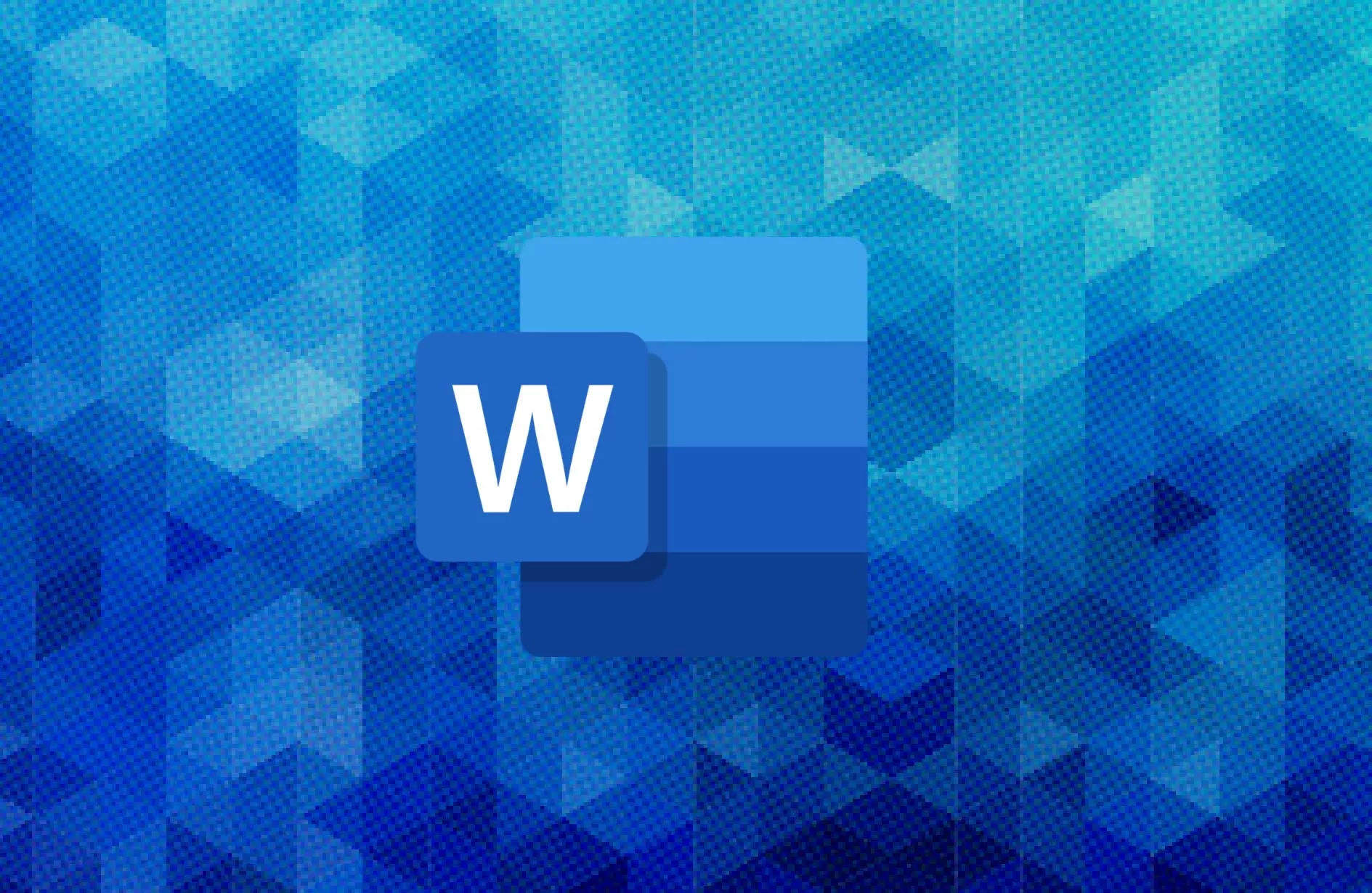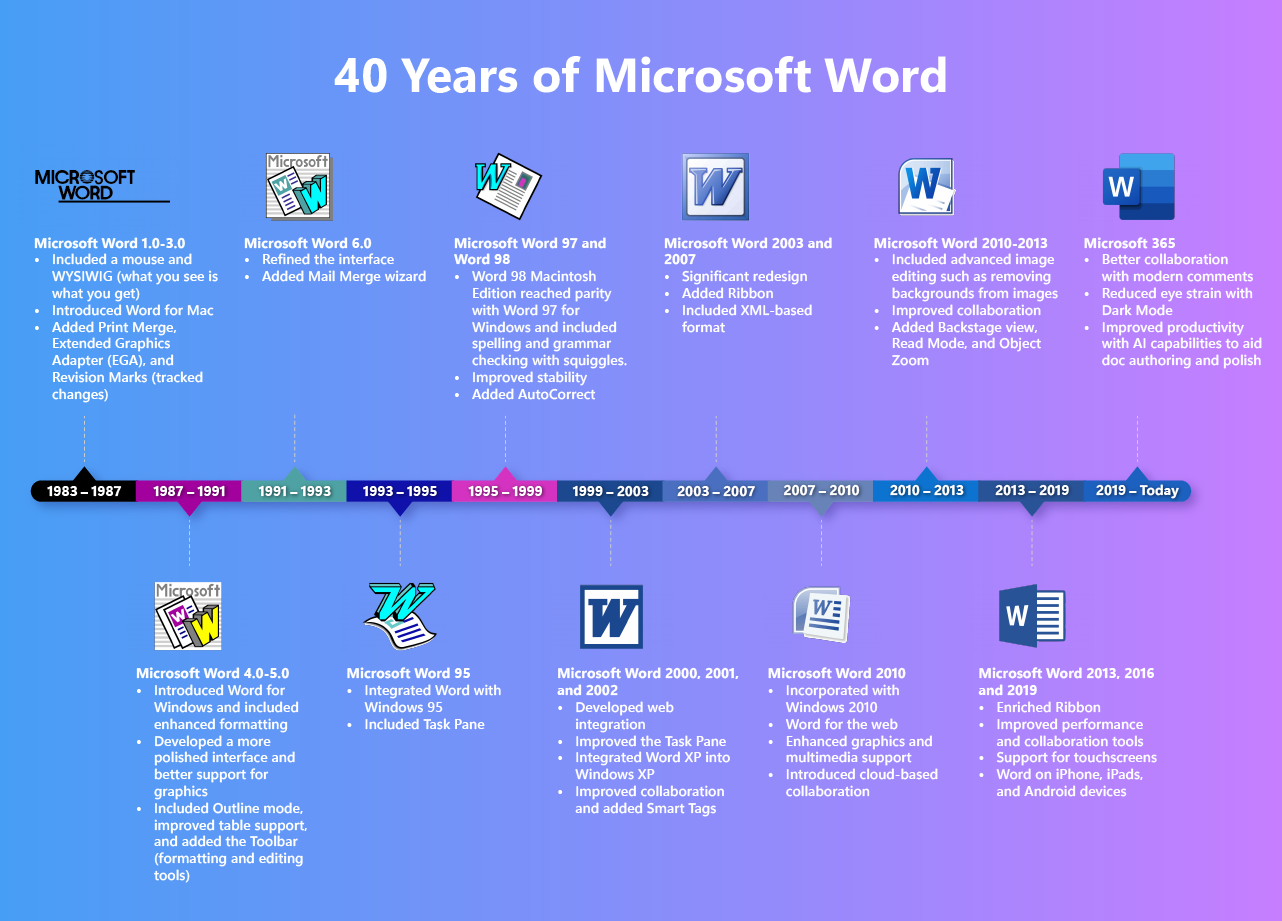In a nutshell: This week has been a special one for Microsoft Word as the venerable software reached its 40th birthday. To celebrate, Microsoft is looking back at the word processor's history and what lies ahead, including its new focus on AI.
It was back on October 25, 1983, when Multi-Tool Word, aka the first version of the program, was released for Xenix and MS-DOS. It boasted support for a mouse, which was something most MS-DOS programs lacked at the time, and came with 16-bit graphics and text mode support.
That original Word, which Microsoft described as a WYSIWYG (what you see is what you get) application, didn't find a huge amount of success due to its interface being so different from WordStar, the top word processor at the time. But Microsoft steadily improved Word over the years until the final DOS version, Word 6.0, arrived in 1993, bringing with it AutoCorrect and AutoFormat.
In 1989, Microsoft introduced Word for Windows, though it didn't really take off until Windows 3.0 arrived a year later, resulting in Microsoft becoming the market leader for IBM PC-compatible word processors. During the first quarter of 1996, Microsoft Word accounted for 80% of the worldwide word processing market.
With Word for Windows 6.0, Microsoft skipped version numbers 3, 4, and 5 to bring Windows version numbering in line with that of DOS, Mac OS, and WordPerfect (the main competing word processor at the time). The release of Windows 95 saw Microsoft start naming Word after the year it was released, rather than the version number. This continued until 2021. Now, it's called the less-catchy Word for Office 365.
Check out: Top 10 Hacks for Microsoft Word
Looking at the future of its word processor, Microsoft highlights the continuing integration of AI companion Microsoft 365 Copilot into Word, which it says is providing a fundamental shift in writing and reading. It also mentions the continuing investment in the free Word for the web, which allows users to create documents and share the files with others.
Word's position as the number one word processor isn't as strong these days due to the likes of Google Docs, but it still sits at the top of the pile. Whether it stays there for another 40 years is a different matter.

